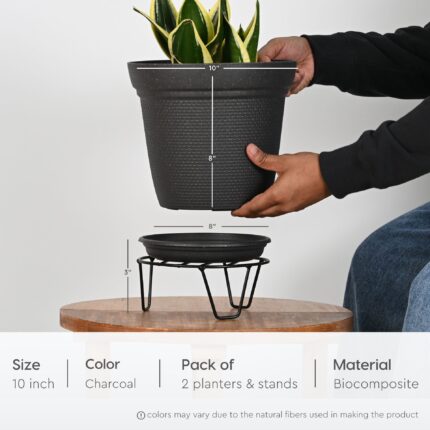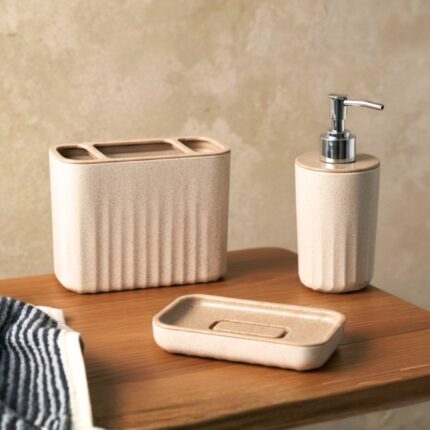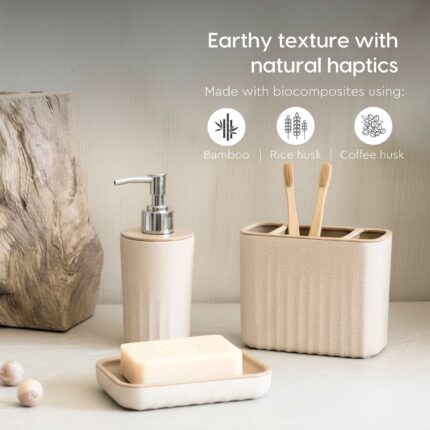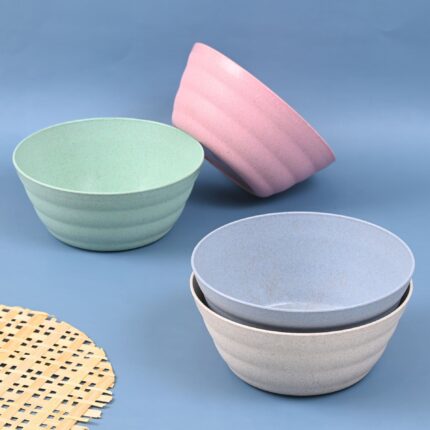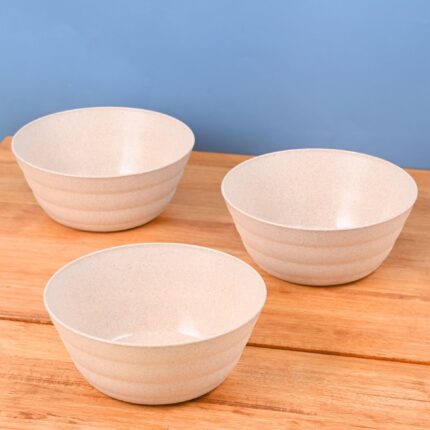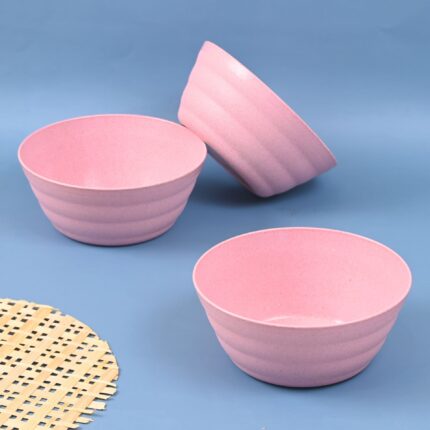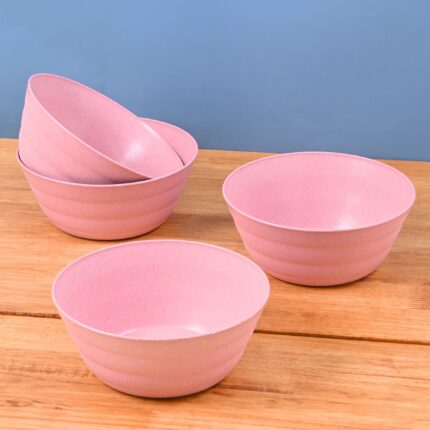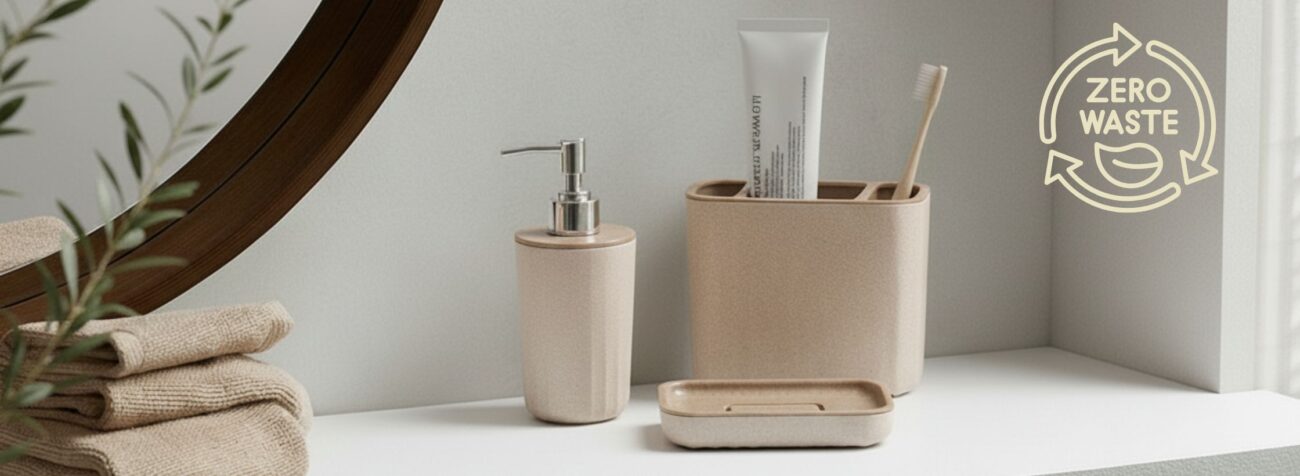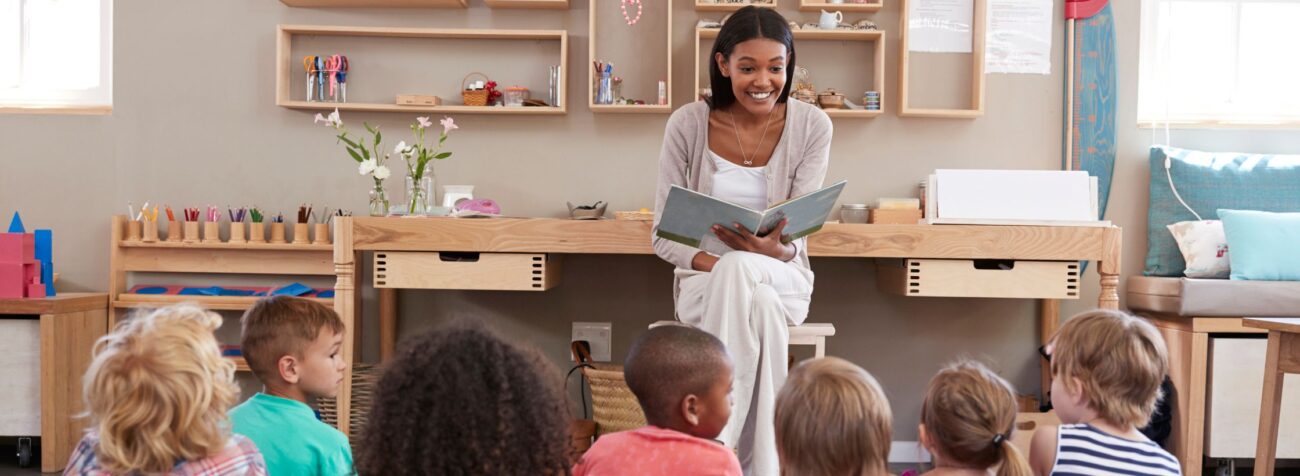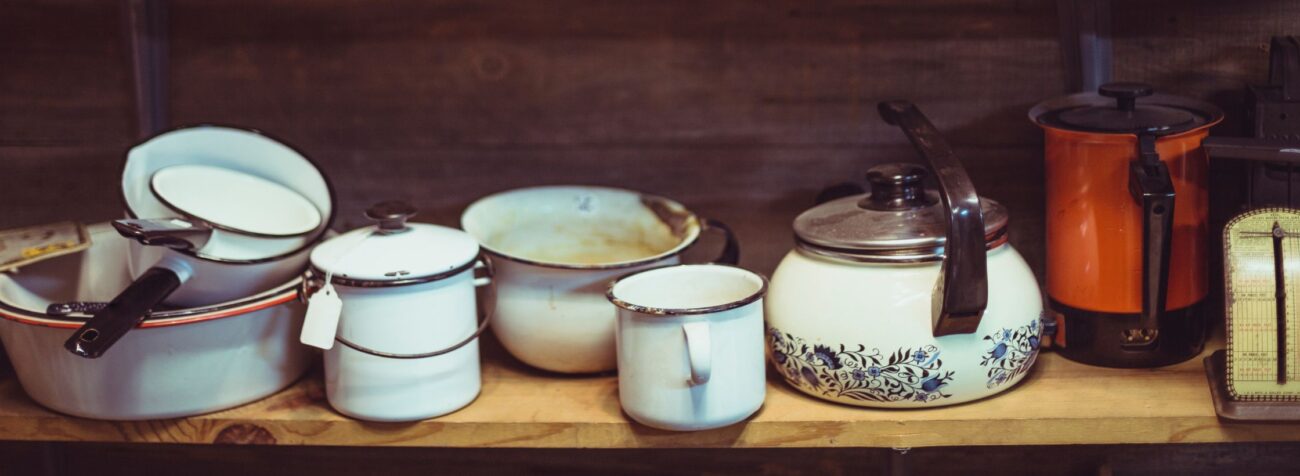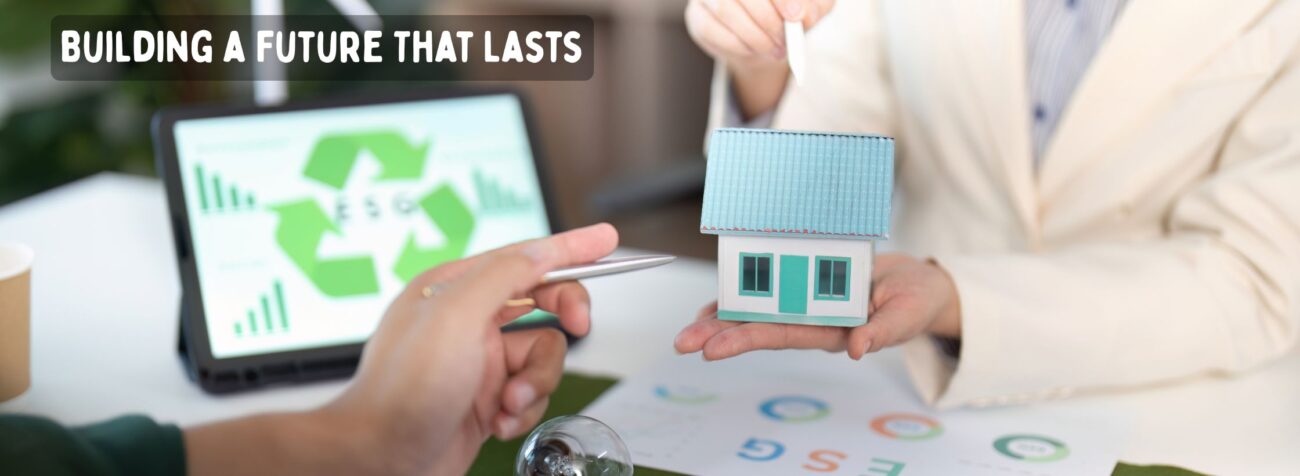Smart Homes in 2025: Are We Living in the Future Yet?
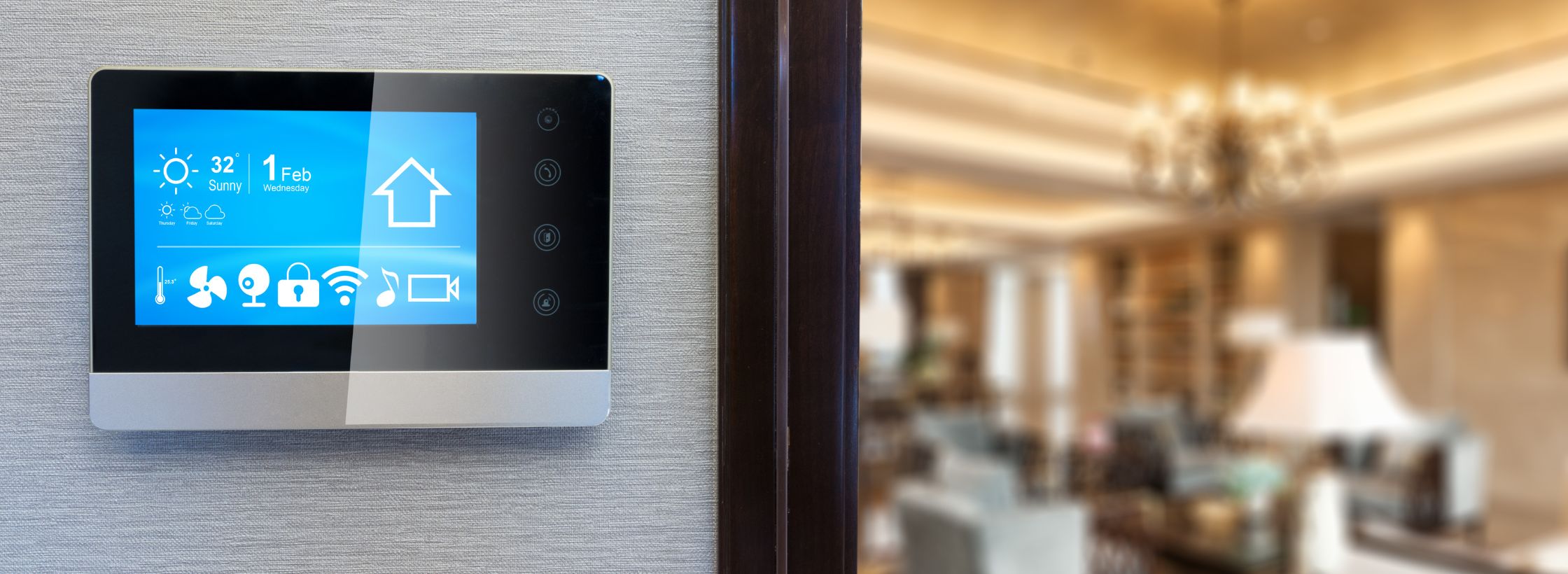
Smart Homes in 2025: Are We Living in the Future Yet?
Smart homes, integrating everything from lighting to climate control and security, are rapidly transforming how we live, offering unparalleled convenience and efficiency in 2025.
Ever walked into a dark room, fumbling for the light switch, and wished the lights just knew you were there? Or maybe you’ve worried about leaving the AC on all day, wasting precious energy (and money!), while you’re out? For many of us, the idea of a home that anticipates our needs and helps us live a bit smarter has always felt like something out of a sci-fi movie. But here we are in 2025, and those futuristic dreams are becoming remarkably real. So, are we actually living in the future yet with smart homes?
It’s a question we get asked a lot, especially by folks looking to make their living spaces more efficient, stylish, and perhaps a tad bit magical. Let’s pull up a chair, grab a mug of herbal tea – perhaps from our new line of insulated, re-usable biomaterial cups – and chat about what’s truly happening in the world of smart homes.
The Buzz Around Smart Homes: What’s Driving the Change?
It’s no secret that technology is woven into almost every aspect of our lives now. Our phones are practically extensions of ourselves, and it only makes sense that our living spaces would follow suit. The push for smart homes isn’t just about convenience; it’s about making our lives easier, more secure, and surprisingly, more sustainable.
Think about it:
Convenience: Imagine setting a “Morning Routine” that gently wakes you with a gradual increase in light from your smart bulbs, automatically starts the coffee machine, and adjusts the room temperature before your feet even hit the floor.
Security: Being able to check on your home – perhaps that valuable set of artisanal tableware – from anywhere in the world, or getting an alert if there’s unexpected movement near your main door.
Efficiency & Sustainability: This is a big one for us, and for many of our customers. Smart devices can help conserve energy and resources, aligning perfectly with concepts like circular economy and reducing carbon footprint. We’re seeing more demand for products that not only look good but also do good.
Generation Z and the Smart Home Revolution
It’s particularly fascinating to see how Generation Z is shaping the smart home landscape. This generation, generally born from the mid-1990s to the early 2010s, grew up with smartphones in their hands. They expect technology to be intuitive, integrated, and to serve a clear purpose in making life better. They’re not just consumers; they’re digital natives who value efficiency and sustainability.
For Generation Z, a smart home isn’t just a collection of cool gadgets; it’s a reflection of their lifestyle. They want homes that are:
Tech-Ready: Seamless connectivity is a must, supporting their reliance on high-speed internet for work, entertainment, and social connections.
Eco-Conscious: They are highly aware of climate action and resource conservation. Smart home features that reduce energy bills, optimize water usage, or support renewable energy sources are very appealing. Our customers from Generation Z often gravitate towards our innovative planters made from recycled plastic, or our storage solutions crafted from upcycled denim, because they see the direct link to a green economy.
Flexible and Functional: With hybrid work models becoming common, having a home that can adapt – perhaps a study area that transforms into a media room with smart lighting and sound – is highly valued.
They’re looking for solutions that integrate seamlessly, like our smart-enabled fair trade wooden bowls that can light up subtly when motion is detected nearby – a little bit fancy, a lot practical.
Must-Have Smart Home Gadgets for 2025
So, what are the smart home gadgets that are actually making a difference in 2025? It’s not about having every single gizmo, but choosing the ones that truly enhance your daily life and align with your values.
- Smart Lighting Systems: Beyond just turning lights on and off with your voice or phone, modern smart lighting can adapt to natural light, adjust color temperature for better sleep, and even simulate occupancy when you’re away. Imagine energy-efficient LED smart bulbs that dim automatically based on the time of day, saving electricity and extending bulb life. This really makes a dent in reducing carbon footprint.
- Smart Thermostats: These are probably the poster children for smart home energy savings. Devices like Nest or Ecobee learn your habits and adjust heating and cooling based on whether you’re home or away. They can even factor in local weather forecasts. This means less wasted energy, lower electricity bills, and a significant contribution to conserving resources. My personal smart thermostat often surprises me by pre-cooling the house just enough before I arrive, based on my usual commute time – quite clever, eh?
- Smart Plugs and Power Strips: These are fantastic for making “dumb” appliances smart. Plug in your traditional lamp, an older coffee maker, or even a water heater, and control them remotely or set schedules. This helps prevent “phantom load” (electricity consumed by devices even when turned off) and contributes to energy efficiency. You could, for instance, plug in a small lamp next to your favourite upcycled ceramic mug collection and have it turn on when you enter the room, adding to the ambiance while saving power.
- Smart Security Cameras and Doorbells: Offering peace of mind, these allow you to monitor your home, see who’s at the door, and even communicate with visitors from anywhere. They’re becoming increasingly sophisticated with AI-powered motion detection, distinguishing between a person, a pet, or a delivery package. This is particularly valuable for protecting your home and office assets, like that new shipment of biomaterial-based storage containers.
- Smart Irrigation Systems: For those with gardens or lawns, these systems use local weather data and soil moisture sensors to water plants only when needed. This prevents water wastage, which is a huge step towards conserving resources and promoting sustainable living, especially in water-stressed regions. It’s smart living that truly makes a difference. No more overwatering your beautiful new pots and planters!
Integration is Key: The Connected Home Ecosystem
The real magic of smart homes isn’t just in individual smart home gadgets, but in how they all work together. This year, we’re seeing a big push towards seamless integration, thanks to new universal standards like Matter. This means you can mix and match devices from different brands, and they’ll still “talk” to each other, creating a truly unified smart ecosystem.
Imagine:
Your smart lock unlocks as you approach, triggering the smart lights to turn on.
Your smart air purifier kicks in when air quality sensors detect pollutants, while your smart fan adjusts its speed.
Your smart energy monitor gives you real-time data on how much power your appliances are using, helping you make informed decisions about energy consumption and reduce your carbon footprint.
It’s all about creating a harmonious environment that works for you, rather than you working for your devices. And this is exactly what Generation Z expects – a truly integrated, hassle-free experience.
Looking Ahead: The Future of Smart Living with Us
We are not just selling products; we’re offering solutions that enhance your life and align with a more sustainable future. Our range of lifestyle durable products, from elegant tableware to versatile storage options, and even our latest collection of eco-friendly pots and planters, are designed with both aesthetics and functionality in mind. We believe that your home should be a haven of comfort, efficiency, and conscious living.
We are continuously exploring how our products can integrate with emerging smart home technologies. Think of our future kitchenware, perhaps with subtle sensors that can interact with your smart pantry system to help reduce food waste, or our office organization solutions that integrate with smart lighting to optimize your workspace. Our focus remains on durable, fair trade items made from sustainable materials, supporting a circular economy, and empowering you to make choices that contribute to climate action.
The future of smart homes is here, and it’s evolving rapidly. It’s about creating spaces that are not just intelligent, but also responsible. We’re excited to be on this journey with you, helping you build a home that’s not only smart but also makes a positive impact on the world. One small, smart step at a time, we’re making the future happen, today.









